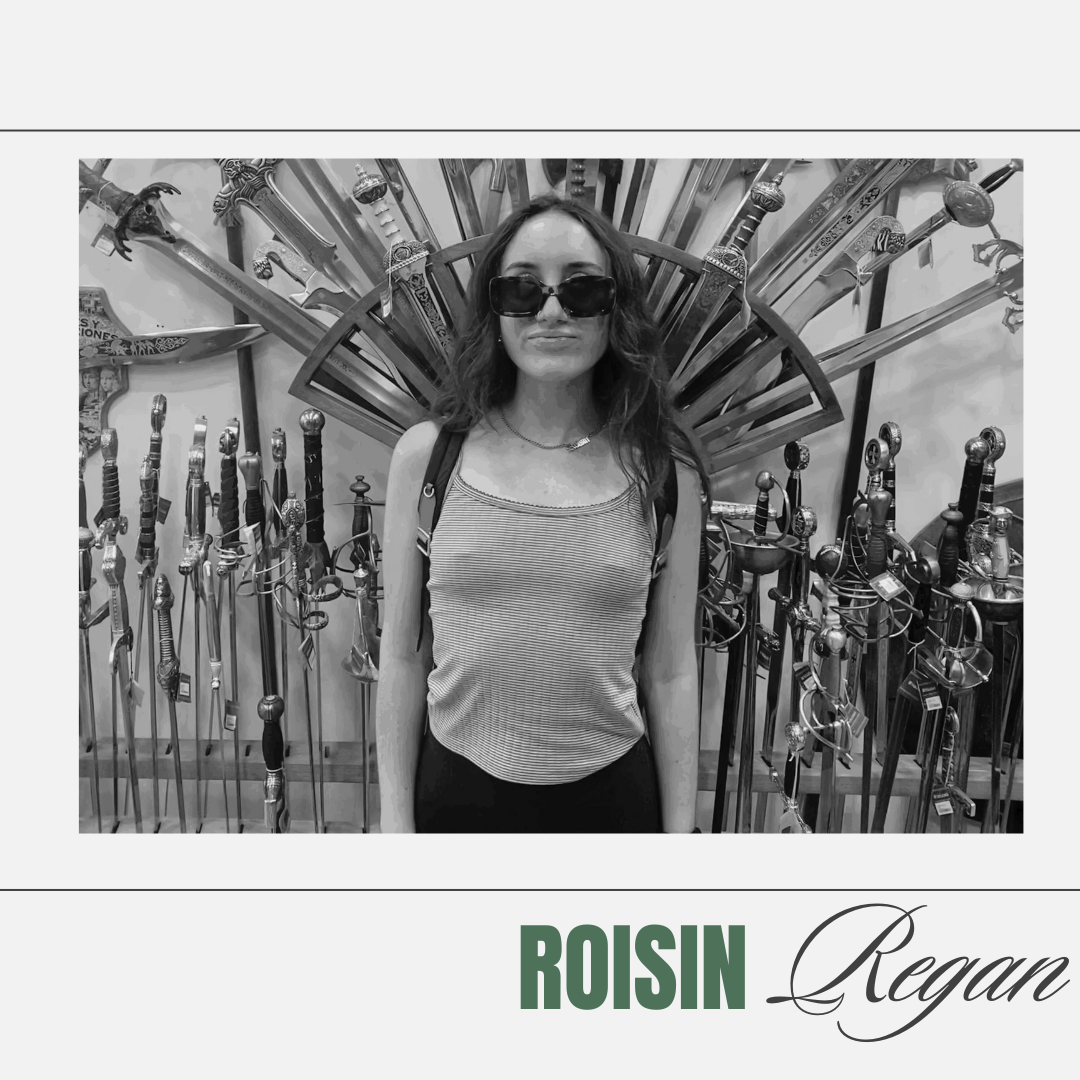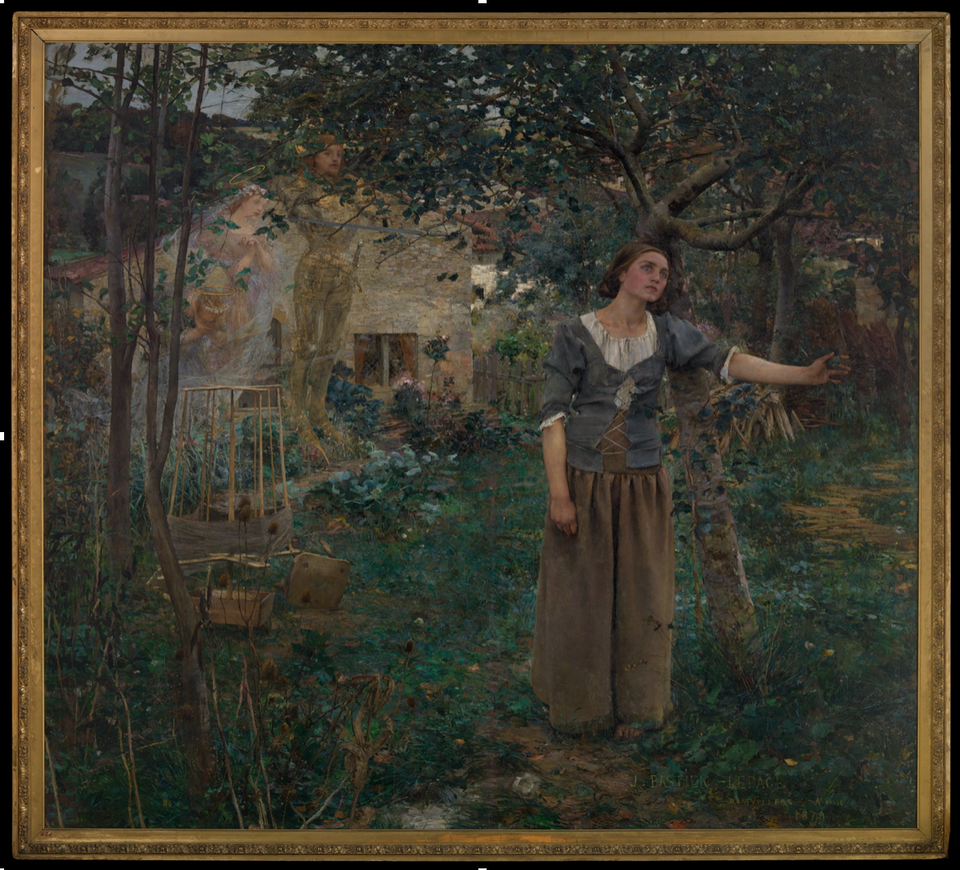By Roisin Regan
I cried on the phone to my mother today, but she does not know that. My mother does not like the woman I have become. I don’t fit the idea of the woman that she envisioned for me. On the phone, I asked her if I looked beautiful and she replied “You look smart.” My whole life my body has defined my femininity. It is the first part of me that people take in and try to understand. She had never called me beautiful. I was labeled a whore by the age of sixteen because of my uncontrollable curves. I was banned from wearing shorts because I was asking for them while wearing them. The reason that I was raped was because of how I looked. So, I changed that.
All I wanted was to be beautiful in my mother’s eyes. I starved my body, yearning to hear those words. It worked. By the time I was finishing my second year of my undergrad, I stood at eighty pounds. Then, my mother said I was beautiful. My sister cried for my safety to which my mother told her it was how I was meant to be. Now, a year has passed and I am no longer beautiful. My mother is a feminist and yet she unknowingly possesses the male gaze.
I was aware of Jules Bastien-Lepage’s Joan of Arc (1879), but I never saw Joan as a woman like myself. As a child, I loved the colors within the painting which created this lush garden scene. I wanted to walk into this garden, not realizing the yearning behind Joan’s blue eyes. As I studied art history at Marymount, I became quickly obsessed with using a feminist lens for everything I studied. So, naturally, it became obvious that the subject is a woman, with everything that entails.
Young girls in Catholic schools are taught to admire Joan of Arc. She possesses a strength that a woman does not frequently possess, especially in the Sunday school teachings. Not only that, but she is an obvious virginal figure, dying without any children or husband. That is what girls in Catholic school are supposed to live up to if a girl does not marry, she is supposed to live for the Lord.
During this period of my own life, I felt as if I failed at what a woman is meant to be. I am a survivor of sexual abuse, which led to PTSD, anxiety, and OCD taking over my life. I felt it was a curse to be a woman in such a cruel world. So, I decided to make myself disappear. Anorexia took over my mind and my size dwindled. But, I thought it was saving me; for no man would even look at me in the street, anymore. This anger inside me was still fueled by fire demanding an answer to why the world hates women for being women. This dark moment in my life found reflections within the feminist methodology in art. Joan of Arc was a vessel for my trauma.
There was no devilish side to Joan as she stood in the name of Jesus. As one writer described before her canonization in 1920, even in the face of her death, she looked “to the Bishop, the judges, and her enemies, she begged them devoutly to have Masses said for her soul. She mounted the pile, begged for a cross, and died with the name of Jesus on her lips.” Joan was devoted to her religion. But with that, she was made less feminine.
She fought alongside male soldiers during war between France and England. If she was classically feminine, it would have revealed her flaws. She’d attract sin and would be less likely be a martyr. Joan is too often shown in her full armor, stripped away of feminine grace. But this is not what Bastien-Lepage painted her as; the painting portrays her as soft and reflective. She holds her divinity inside, and yet still is not directly subjected to the intrusive male gaze.
I was raised Catholic. I went to Catholic school, church each Sunday, Vacation Bible School every summer, and was even an altar server. I enjoyed it; my family is what I would call pick and choose Catholics, meaning we take the peace and love aspects of the Bible. I was amazed by Joan as a little girl. She was so strong and showed me that women could do anything, well except be a woman.
Jules Bastien-Lepage was a French artist born in 1848 who died in 1884. He was known for his naturalism and depicting people in nature, as here. Joan of Arc was born in France and claimed to hear the divine voices of St. Michael, St. Catherine, and St. Margaret, who are in the painting, in the top left corner. She fought in the 100 Years War against England and led France to victory. In 1431, At 19, she was burned at the stake for heresy, witchcraft, and dressing like a man.
The painting can be interpreted through feminist methodology. This methodology continuously calls out the meaning of the male gaze. Women had been completely left out of art, unless it was to be a memorial or an erotic fantasy for the male viewers. So, where does this painting fall? First, this is a female subject painted by a male artist. Second, this alone does not mean that Joan of Arc is sexualized within this painting.
Joan’s eyes swell with tears and yet her face stays soft. This is no way that a human would naturally cry. Normally, a person’s face is punched with redness and the brows will furrow in response. Here, she is blushing with rosy cheeks, as if she has rouge painted on. Her face is perfectly neutral, there is no indication that tears could stream down her face at any second. Art historians would ask: “How does the portrayal of a woman here reflect or shape social values about women?” Although Joan of Arc is experiencing the divinity of God, the way that Bastien-Lepage idealized her crying has an impact. Her soft femininity perpetuates the narrative that women are supposed to suppress their emotions and be aware of who could be watching, for instance, a potential husband. She cannot weep because as John Berger has written “every one of her actions—whatever its direct purpose or motivation—is also read as an indication of how she would like to be treated.” Joan, although is considered a strong female martyr, could not be painted in that manner by Bastien-Lepage. She looks heavenly, but ultimately, “the ideal is a myth,” as Kenneth Clark has noted. With the backing of feminist methodology, this painting can be appreciated more deeply.
I tried implementing another methodology into Joan of Art. But psychoanalysis pulls the subject away from the painting. Once the idea of psychoanalysis is presented, the painting loses its meaning. Why does Jules Bastien-Lepage need to come into the conversation? The painting is about the divinity of Joan. Her strength from God and the impact that it had upon Christian followers, specifically in France. The deal is that Bastien-Lepage was able to turn this religious story into something real—a painting—that still impacts viewers at the MET. The people do not care about the artist, for they are in awe of the art.
Jules Bastien-Lepage’s Joan of Arc does not need to be anything more than a painting of Joan of Arc. The simplicity of the painting is what makes its pathos successful. The two methodologies, feminism, and psychoanalysis, put labels on the art. If Bastien-Lepage wanted, he could have written an explanation alongside the painting. But labels create limits. People are instead meant to be filled with wonder. There does not have to be a satisfactory conclusion as to why a work of art sticks in the mind. Joan of Arc has a quality that reduces the viewers to tears. Whether it is because of the brushstrokes or her expression, it does not matter. Art is created to elicit emotions. The unknown quality behind that is what makes art unique. These methodologies seek unnecessary answers.
Art has been used to promote societal norms and gender roles. Art taught women how they should act and how to disappear. Art taught men how to use their eyes, but not quite their brains. The art world made these assertions hundreds of years ago and still today they have an impact. My mother was not thinking of the impact of art when she was telling me I looked smart and not beautiful, nor did her mother a generation prior. Yet, these implications creep into daily life. It angers me that, as a woman, I still view myself through man’s eyes; I cannot escape these societal norms. The anger in me wants to shake my mother and yell, “Will I ever be enough?” But I know that this is not her fault; it is because of art.
Meet Roisin Regan




